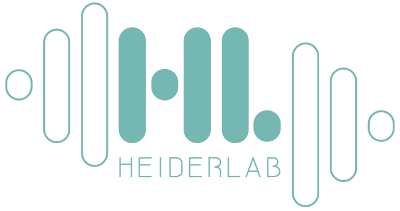CORona Drug InTEractions database
The transmembrane serine protease inhibitors are potential antiviral drugs for 2019-nCoV targeting the insertion sequence-induced viral infectivity enhancement
Tong Meng, Hao Cao, Hao Zhang, Zijian Kang, Da Xu, Haiyi Gong, Jing Wang, Zifu Li, Xingang Cui, Huji Xu, Haifeng Wei, Xiuwu Pan, Rongrong Zhu, Jianru Xiao, Wang Zhou, Liming Cheng, Jianmin Liu
Abstract
At the end of 2019, the SARS-CoV-2 induces an ongoing outbreak of pneumonia in China1, even more spread than SARS-CoV infection2. The entry of SARS-CoV into host cells mainly depends on the cell receptor (ACE2) recognition and spike protein cleavage-induced cell membrane fusion3,4. The spike protein of SARS-CoV-2 also binds to ACE2 with a similar affinity, whereas its spike protein cleavage remains unclear5,6. Here we show that an insertion sequence in the spike protein of SARS-CoV-2 enhances the cleavage efficiency, and besides pulmonary alveoli, intestinal and esophagus epithelium were also the target tissues of SARS-CoV-2. Compared with SARS-CoV, we found a SPRR insertion in the S1/S2 protease cleavage sites of SARS-CoV-2 spike protein increasing the cleavage efficiency by the protein sequence aligment and furin score calculation. Additionally, the insertion sequence facilitates the formation of an extended loop which was more suitable for protease recognition by the homology modeling and molicular docking. Furthermore, the single-cell transcriptomes identified that ACE2 and TMPRSSs are highly coexpressed in AT2 cells of lung, along with esophageal upper epithelial cells and absorptive enterocytes. Our results provide the bioinformatics evidence for the increased spike protein cleavage of SARS-CoV-2 and indicate its potential target cells.
Source: BioRxiv
Related molecules
| Name | Synonyms | Genes |
|---|---|---|
| Transmembrane serine 2 | TMPRSS2, Serine protease 10 | TMPRSS2, PRSS10 |
| Target | Target affiliation | Drug | Type | Result |
|---|---|---|---|---|
| Target | Target affiliation | Drug | Type | Result |
| Name | Synonyms | Genes | Origin |
|---|---|---|---|
| Name | Synonyms | Genes | Origin |
| Name | Synonyms | PubChem | DrugBank | RCSB PDB | ATC |
|---|---|---|---|---|---|
| Name | Synonyms | PubChem | DrugBank | RCSB PDB | ATC |
| Title | Authors | DOI | Source | Article type | Date |
|---|---|---|---|---|---|
| Title | Authors | DOI | Source | Article type | Date |
| Title | Status | Phases | Start Date | Prim. Comp. Date | Comp. Date | First Post. Date |
|---|---|---|---|---|---|---|
| Title | Status | Phases | Start Date | Prim. Comp. Date | Comp. Date | First Post. Date |
CORDITE (CORona Drug InTEractions database) collects and aggregates data from PubMed, MedRxiv, BioRxiv, ChemRxiv and PMC for SARS-CoV-2. Its main focus is set on drug interactions either addressing viral proteins or human proteins that could be used to treat COVID. It collects and provides up-to-date information on computational predictions, in vitro, as well as in vivo study data.
The information provided is for research only and we cannot guarantee the correctness of the data.
Please contact dominik.heider@uni-muenster.de for further information.
Programmable access
There is an open API for access programmatically to the database. The API will print a JSON output:
- Interactions
https://cordite-api.uni-muenster.de/api.php?action=list&table=interaction
- Targets
https://cordite-api.uni-muenster.de/api.php?action=list&table=target
- Drugs
https://cordite-api.uni-muenster.de/api.php?action=list&table=drug
- Publications
https://cordite-api.uni-muenster.de/api.php?action=list&table=publication
- Clinical trials
https://cordite-api.uni-muenster.de/api.php?action=list&table=clinical_trial

